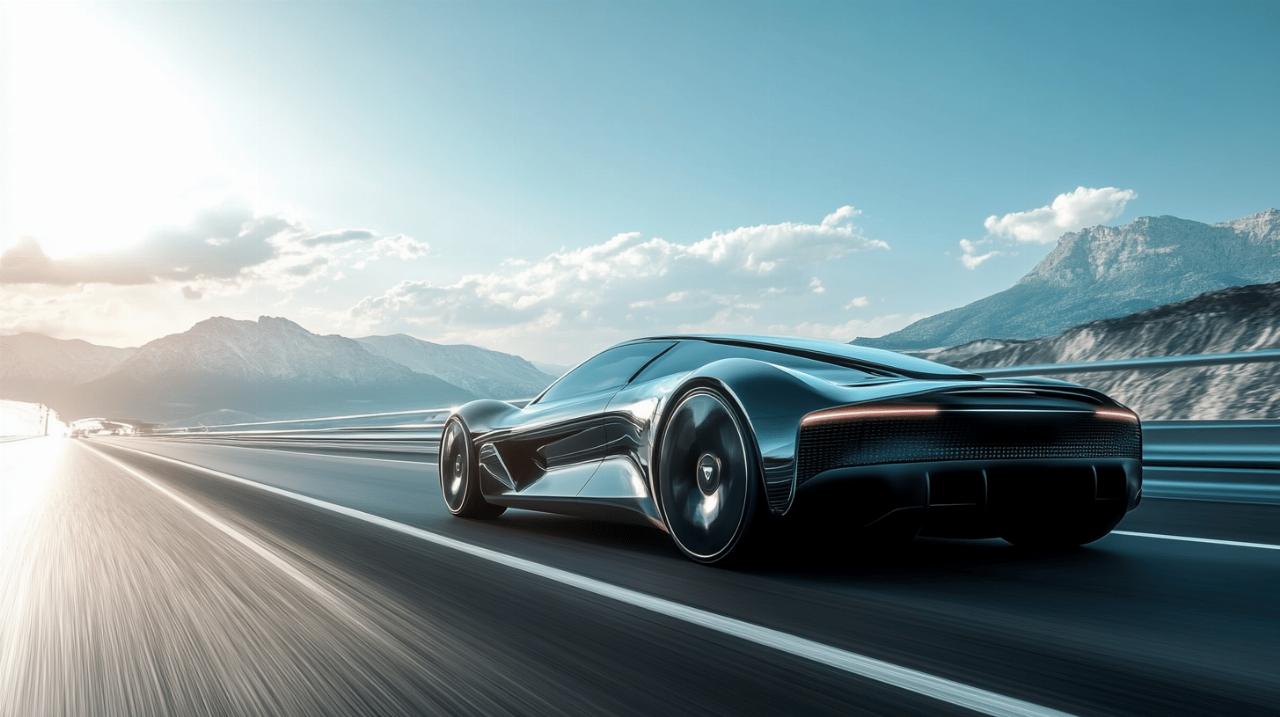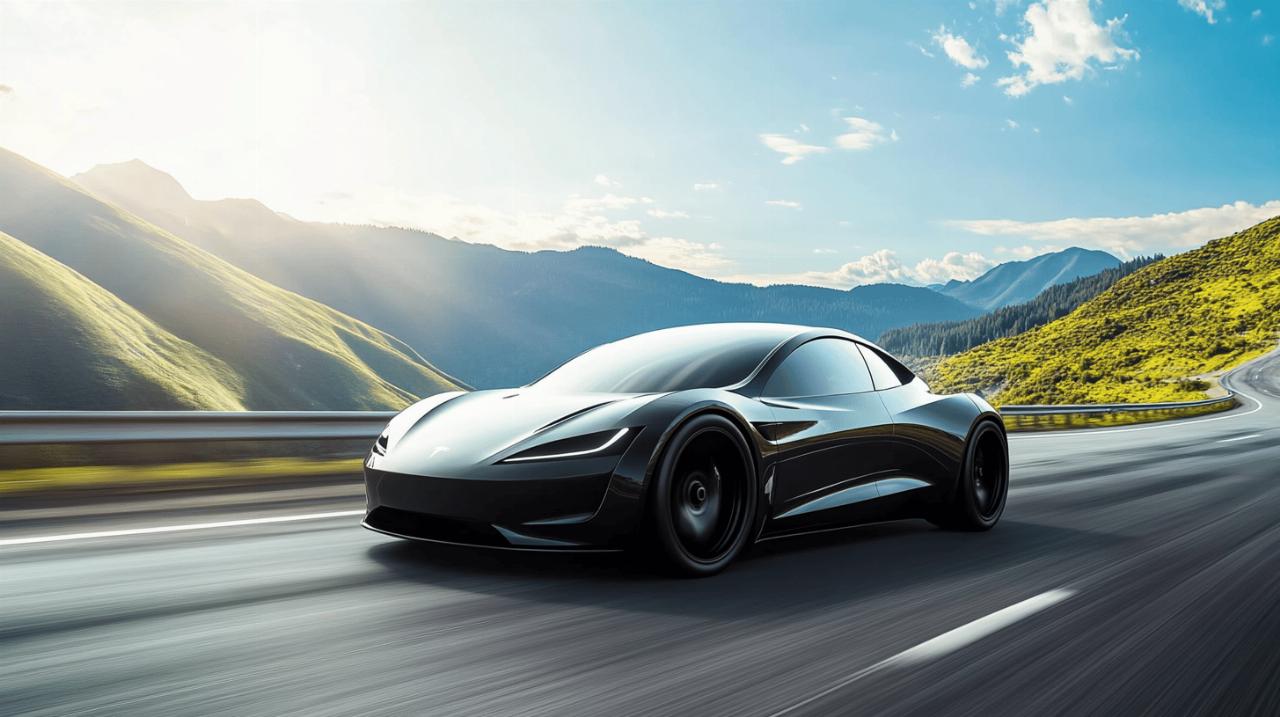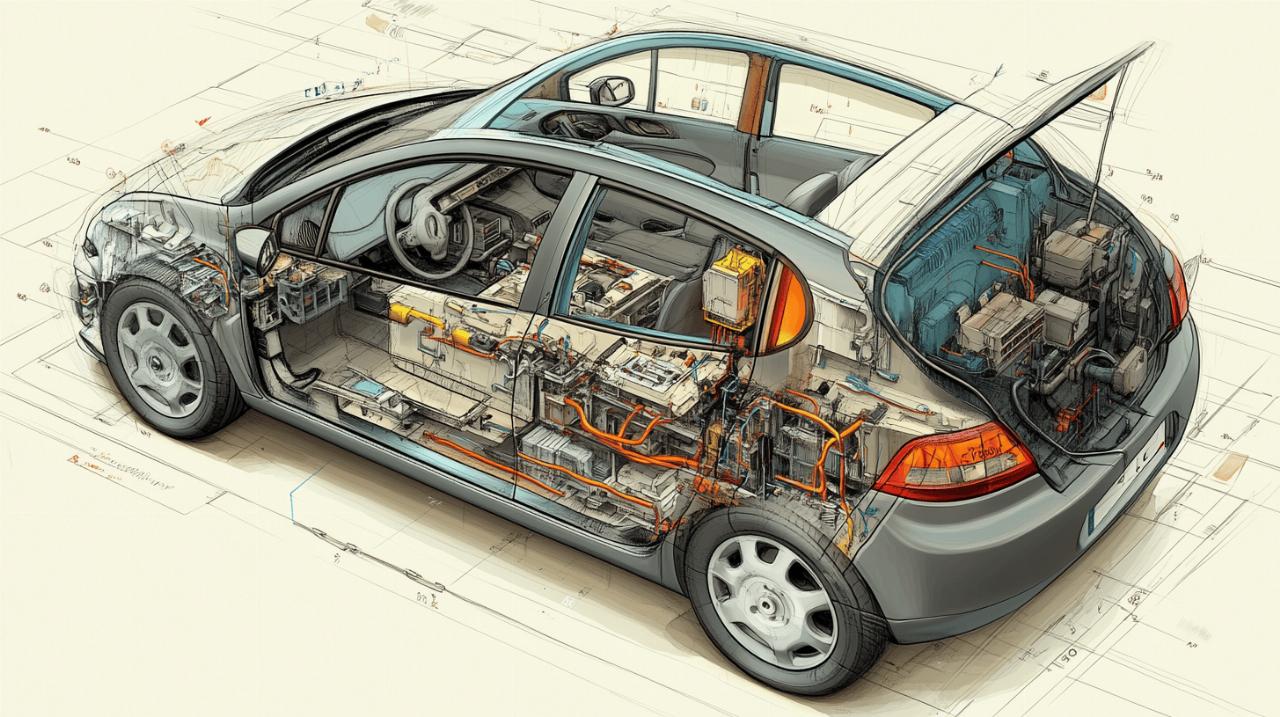The transformation of Britain's automotive landscape is gathering pace, with electric vehicles now a familiar sight on roads from Cornwall to the Highlands. As technological innovation accelerates and infrastructure expands, the question on many motorists' minds is not whether electric cars represent the future, but rather what that future will actually look like. The momentum behind this shift is undeniable, driven by environmental imperatives, governmental policy, and a rapidly maturing market that promises to redefine how we think about personal transport.
Battery technology and range advancements
At the heart of every electric vehicle lies its battery, the component that has historically defined both the capabilities and limitations of these machines. Recent developments suggest we are on the cusp of a transformative leap in battery performance. The introduction of solid-state batteries represents perhaps the most significant breakthrough on the horizon, with manufacturers like Toyota targeting ranges exceeding nine hundred miles by the late twenties. Such advancements would effectively eliminate range anxiety, the lingering concern that has kept some drivers wedded to petrol.
Solid-state batteries: the game-changer for uk motorists
Solid-state technology promises not merely incremental improvements but a fundamental reimagining of what batteries can achieve. These next-generation cells are expected to charge considerably faster than current lithium-ion units, whilst also offering enhanced safety characteristics due to their more stable chemistry. The potential for reduced manufacturing costs could further accelerate the transition away from internal combustion engines, making electric vehicles accessible to a broader spectrum of buyers. The race to bring these batteries to market is intensifying, with British consumers standing to benefit from the fierce competition among global manufacturers.
Real-world range improvements and cold weather performance
Whilst manufacturers tout impressive figures based on standardised testing procedures, real-world performance remains the true measure of an electric vehicle's practicality. Contemporary models are increasingly delivering ranges that align more closely with their official ratings, thanks to refinements in battery chemistry and vehicle efficiency. However, the British climate presents particular challenges, as cold weather can noticeably reduce battery performance. Engineers are addressing this through improved thermal management systems that maintain optimal operating temperatures regardless of external conditions. Regenerative braking systems, which recapture energy during deceleration, further extend range whilst simultaneously reducing wear on brake components, with some systems enabling pads to last upwards of a hundred thousand miles.
Charging infrastructure expansion across britain
The practicality of electric vehicle ownership is inextricably linked to the availability and reliability of charging infrastructure. Britain has witnessed a remarkable expansion in this area, with over seventy-three thousand charging points now dotted across the country. The growth in ultra-rapid chargers has been particularly striking, with an increase of eighty-four percent in these high-speed units that can add significant range in mere minutes. Such infrastructure development is transforming the electric vehicle proposition from one requiring careful planning to something approaching the spontaneity of conventional refuelling.
Rapid charging networks and smart home solutions
The emergence of charging networks capable of delivering a hundred miles of range in just five minutes represents a watershed moment for electric mobility. These ultra-fast chargers, strategically positioned along motorways and major routes, are eliminating one of the final barriers to widespread adoption. Meanwhile, home charging remains the most economical option for most drivers, with overnight charging on domestic tariffs potentially saving upwards of two thousand pounds annually compared to public charging. The integration of smart home technology allows vehicles to charge during off-peak hours, optimising both cost and grid impact. Government grants of up to three hundred and fifty pounds are available to support the installation of home charging equipment, making this convenience more accessible to households across the income spectrum.
Public charging points: from car parks to lamp posts
The proliferation of charging points extends far beyond dedicated charging stations, with supermarkets, shopping centres, and even lamp posts being adapted to serve electric vehicles. The Local Electric Vehicle Infrastructure fund is supporting councils in expanding provision, ensuring that charging access is not confined to those with private driveways. Recent data indicates an increase of over seventeen thousand charging points since mid-2024, representing a growth of twenty-seven percent. Despite this progress, accessibility remains a concern, with surveys revealing that only a tiny fraction of charging points meet the needs of disabled drivers, many of whom find the physical handling of cables challenging. Addressing these inclusivity issues will be essential as the market matures.
Affordability and government incentives
 The financial equation surrounding electric vehicles has historically tilted towards higher upfront costs offset by lower running expenses. This balance is shifting rapidly as manufacturing scales up and battery costs decline. Industry analysts predict that electric cars will reach price parity with their petrol counterparts somewhere between 2026 and 2027, a milestone that could trigger a dramatic acceleration in adoption rates. Current electric vehicles remain thirty to forty percent more expensive than equivalent conventional models, but this premium is narrowing.
The financial equation surrounding electric vehicles has historically tilted towards higher upfront costs offset by lower running expenses. This balance is shifting rapidly as manufacturing scales up and battery costs decline. Industry analysts predict that electric cars will reach price parity with their petrol counterparts somewhere between 2026 and 2027, a milestone that could trigger a dramatic acceleration in adoption rates. Current electric vehicles remain thirty to forty percent more expensive than equivalent conventional models, but this premium is narrowing.
Electric Vehicle Grants and Tax Benefits in the UK
Government intervention has played a crucial role in stimulating demand during the early phases of electric vehicle adoption. The newly introduced Electric Car Grant offers up to three thousand seven hundred and fifty pounds towards vehicles priced under thirty-seven thousand pounds, with a tiered structure based on environmental credentials. This scheme, taking effect from mid-July 2025, specifically targets lower-income households, recognising that financial barriers have disproportionately excluded certain demographics from the benefits of electric mobility. The Zero Emission Vehicle mandate further shapes the market by requiring manufacturers to ensure that eighty percent of new cars sold by 2030 are zero emission, effectively compelling the industry to make electric options more attractive and accessible.
Total cost of ownership: petrol versus electric
Whilst the showroom price remains an important consideration, savvy buyers increasingly focus on total cost of ownership, a calculation that favours electric vehicles when fuel savings, reduced maintenance requirements, and tax benefits are factored in. Electricity is considerably cheaper than petrol on a per-mile basis, particularly when charging at home overnight. Maintenance costs are also lower due to the mechanical simplicity of electric drivetrains, which lack the myriad components that require regular servicing in combustion engines. Road tax structures further advantage electric vehicles, with many paying substantially reduced or zero annual duties. Personal Contract Purchase arrangements and leasing options, such as those offered by specialists serving NHS, emergency services, and education sector employees, are making electric vehicles financially viable for those who might struggle with the upfront purchase price.
Emerging technologies and market trends
The electric vehicle sector is characterised not merely by the replacement of one powertrain with another, but by a wholesale reimagining of the automobile's role within broader energy and transport systems. Innovations such as bidirectional charging are beginning to transform cars from mere consumers of electricity into mobile energy storage units capable of supporting household power needs or even feeding electricity back to the grid during peak demand periods. Such vehicle-to-grid technology could prove instrumental in managing the intermittent nature of renewable energy sources.
Vehicle-to-grid technology and energy storage
The concept of using parked electric vehicles as distributed energy storage represents an elegant solution to one of the major challenges facing renewable energy deployment. When thousands or even millions of vehicles are connected to the grid, their collective battery capacity could smooth out fluctuations in supply and demand, potentially reducing the need for expensive grid infrastructure upgrades. British motorists could benefit financially from such arrangements, effectively being paid to allow their vehicles to serve as grid assets during periods of high demand. The development of smart charging features that automatically optimise when and how vehicles charge based on grid conditions, electricity prices, and driver requirements is making this vision increasingly practical.
British Manufacturers and the Race for Electric Dominance
The transition to electric mobility presents both opportunities and challenges for British automotive manufacturing. Whilst the country lacks a dominant mass-market electric vehicle manufacturer, the presence of premium brands and the development of battery production facilities position Britain to play a significant role in the European electric vehicle ecosystem. The emerging battery industry could support upwards of sixty-two thousand jobs domestically as part of a broader European sector that might employ over three hundred thousand people by the end of the decade. The sales performance of electric vehicles continues to strengthen, with figures showing increases of over thirty-four percent in the first half of 2025, and battery electric vehicles capturing over a quarter of the new car market by August. Models ranging from the affordable Vauxhall Corsa Electric to the technologically advanced Xpeng G9, with its impressive charging rate, demonstrate the breadth of choice now available to British consumers. With over ninety percent of current electric vehicle drivers stating they would not return to petrol cars, the direction of travel is unmistakable, even as challenges around grid capacity, raw material sourcing, and battery recycling require ongoing attention.





